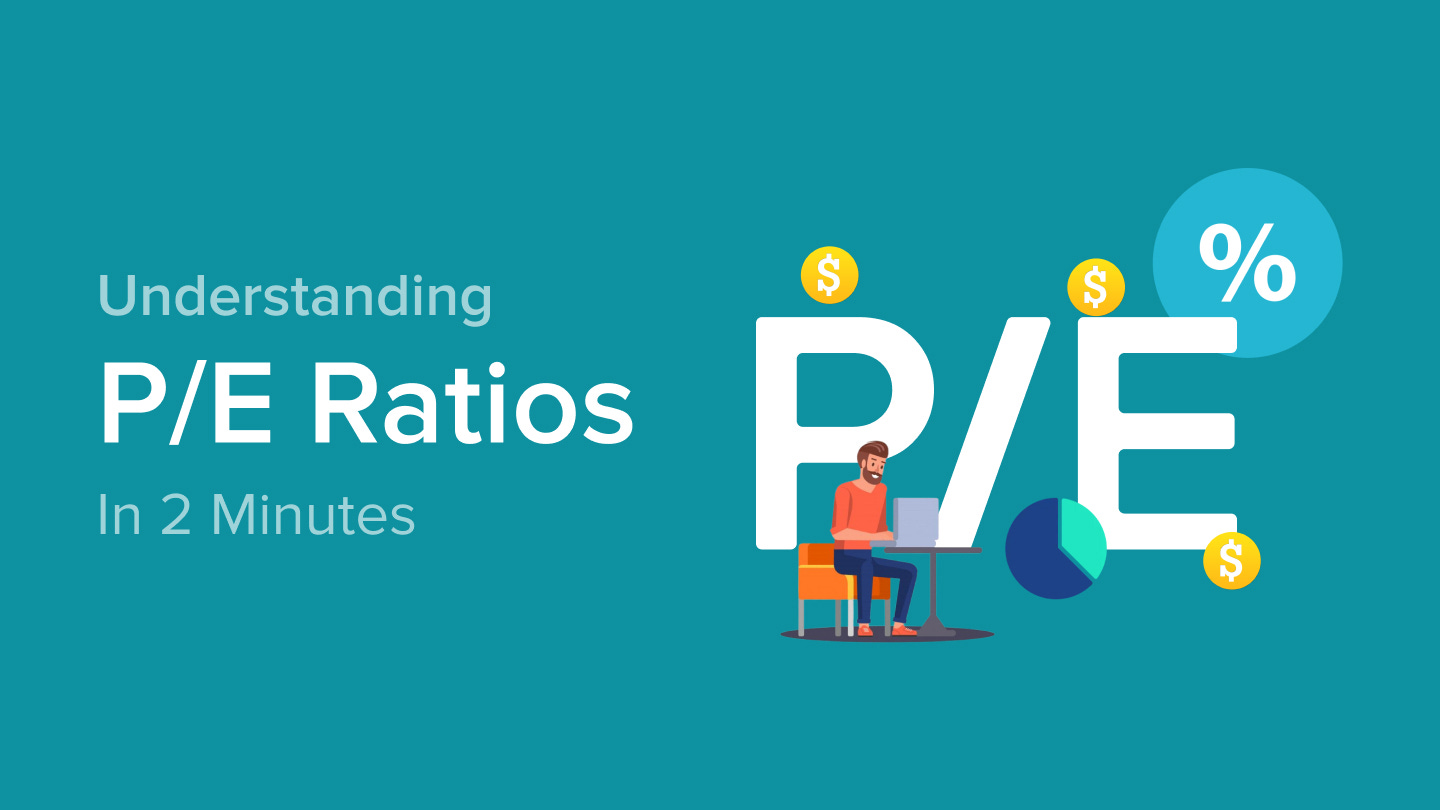Understanding P/E ratios in 2 minutes.
Hello, investors!
Grab a coffee, and let's discuss a fundamental metric that can guide your investment decisions. The P/E ratio.
🤔 What exactly is the P/E ratio?
Think of the P/E ratio as the price tag of a stock compared to its earnings. It tells you how much you pay for every dollar of earnings a company makes.
Simple, right?
🧮 Breaking down the formula
Here’s how you calculate the P/E ratio:
P/E Ratio = Market price per share/Earnings per share (EPS)
Example calculation: Consider Apple Inc. (AAPL) with these details:
Company: Apple Inc.
Stock price: $175
EPS: $6.00
P/E ratio 29.17
This means the investors are currently willing to pay about $29.17 for every $1 of Apple's earnings.
📊 Why the P/E ratio matters
The P/E ratio helps you assess if a stock is priced fairly relative to its earnings. Here's what you need to know:
High P/E ratio: Indicates expectations of future growth. It’s like betting on a promising startup to disrupt the market.
Low P/E ratio: It might suggest a bargain but warrants a closer look to understand why it's undervalued.
🔍 Types of P/E ratios explained
Trailing P/E: Based on past earnings. It's like reading a history book of the company’s financial performance.
Forward P/E: Based on forecasted earnings. Ideal for those who prefer predicting the company's financial future.
🌍 Real-world comparison: Microsoft Corp. (MSFT) vs. Procter & Gamble Co. (PG)
In this example, Microsoft has a higher P/E ratio than Procter & Gamble, indicating that investors expect more growth from Microsoft than from Procter & Gamble.
This is typical for tech companies, which often have higher valuations due to their growth potential compared to more stable consumer goods companies like Procter & Gamble.
💡 Final insights
Understanding the P/E ratio can transform how you evaluate stocks, combining financial facts with market sentiment. It’s not just about numbers; it’s about understanding what drives those numbers in the marketplace.
Disclaimer: This content is for educational purposes only. Investing involves risks, including the potential loss of capital.





